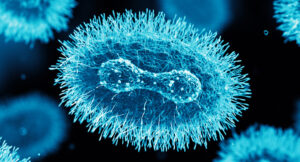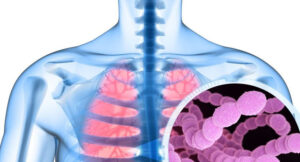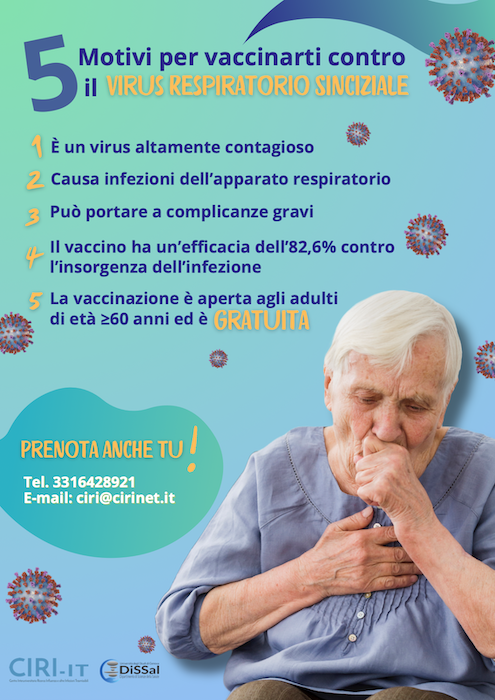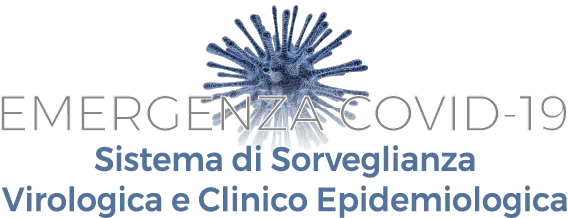What are Sexually Transmitted Infections (STIs)?
STIs, also known as sexually transmitted infections (STIs), are primarily transmitted through unprotected sexual contact. More than 30 different bacteria, viruses, and protozoa are known to be transmissible through sexual contact, including vaginal, anal, and oral sex. Some STIs can also be transmitted during pregnancy, childbirth, and breastfeeding, as well as through infected blood or blood products [1].
STIs can cause long-term health problems, especially in women and newborns. Some of the health complications resulting from STIs include pelvic inflammatory disease, infertility, tubal or ectopic pregnancy, cervical cancer, and perinatal or congenital infections in children born to infected mothers [2].
Prevention of STIs
When used correctly and consistently, condoms offer one of the most effective methods of protection against STIs, including HIV (human immunodeficiency virus). While highly effective, condoms do not provide protection against STIs that cause extra-genital ulcers (e.g., syphilis or genital herpes). When possible, condoms should be used during all vaginal and anal sexual intercourse [2].
Safe and highly effective vaccines are available for two viral STIs: hepatitis B and HPV. These vaccines have represented a major breakthrough in STI prevention. To eliminate cervical cancer, recognized as a global public health issue, it is necessary to reach high coverage targets by 2030 for HPV vaccination, screening and treatment of precancerous lesions, and cancer management.
Research into the development of vaccines against genital herpes and HIV has advanced. Increasing evidence suggests that the vaccine used to prevent meningitis (MenB) provides some cross-protection against gonorrhea. Further research is needed into vaccines for chlamydia, gonorrhea, syphilis, and trichomoniasis [2].
Diagnosis of STIs
A rapid diagnosis is essential to begin the appropriate therapy, relieve symptoms, and prevent possible complications.
Accurate diagnostic tests for STIs (which use molecular technologies) are widely used in high-income countries. They are particularly useful for diagnosing asymptomatic infections. However, in low- and middle-income countries (LMICs), such tests are not available for chlamydia and gonorrhea. Even in countries where they are available, the tests are often expensive and difficult to access. Furthermore, the time required to receive the results is often long. As a result, follow-up can be hindered, and care or treatment may be incomplete.
Sometimes, a visit to an experienced doctor is sufficient to identify an STI by observing sores on the genitals or other parts of the body [2].
Treatment of STIs
In most cases, STIs can be treated with antibiotics or other specific medications prescribed by a doctor. It is essential that therapy is properly administered and initiated as soon as possible. Prompt treatment reduces the patient’s infectivity and breaks the chain of transmission. It is advisable to avoid sexual activity during treatment [3].
References
[1] EpiCentro – Epidemiology portal for health professionals [Internet]. Sexually transmitted infections; October 10, 2019 [accessed July 3, 2023]. Available at: https://www.epicentro.iss.it/ist/
[2] World Health Organization (WHO) [Internet]. Sexually transmitted infections (STIs); August 22, 2022 [accessed July 3, 2023]. Available at: https://www.who.int/news-room/fact-sheets/detail/sexually-transmitted-infections-(stis)
[3] Centers for Disease Control and Prevention [Internet]. Sexually Transmitted Diseases – Information from CDC; [accessed July 3, 2023]. Available at: https://www.cdc.gov/std/default.htm






